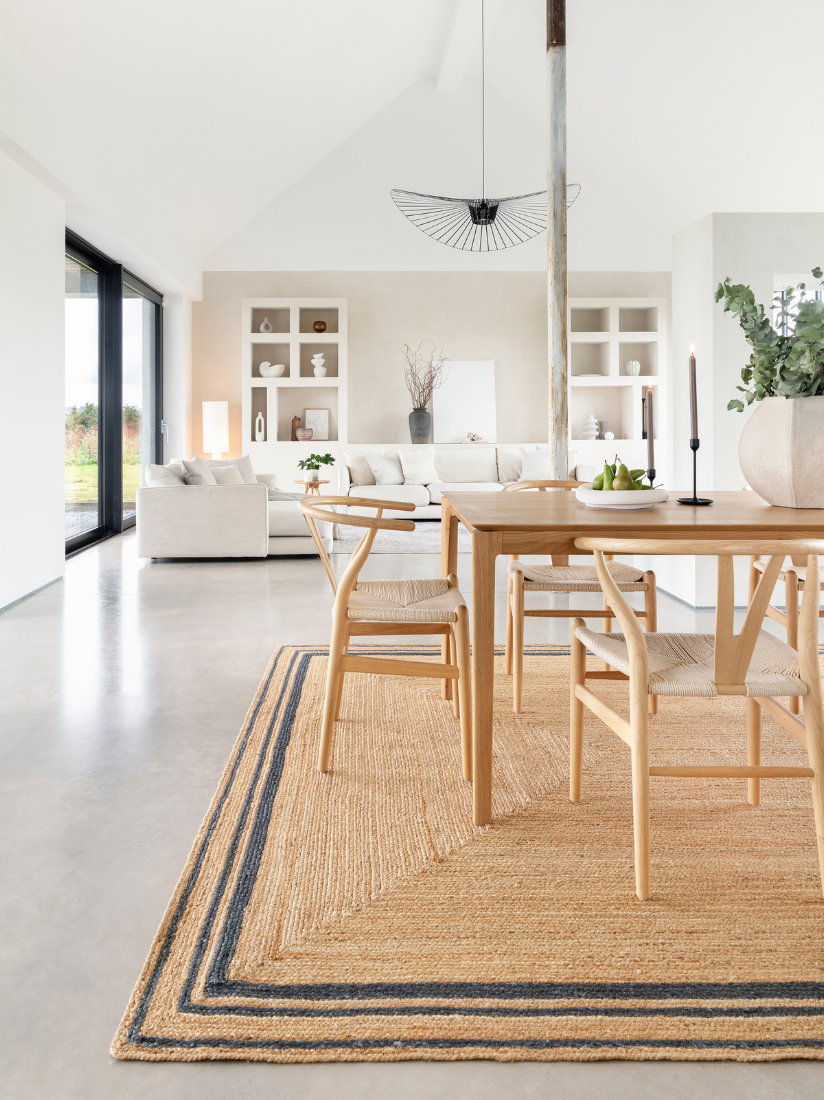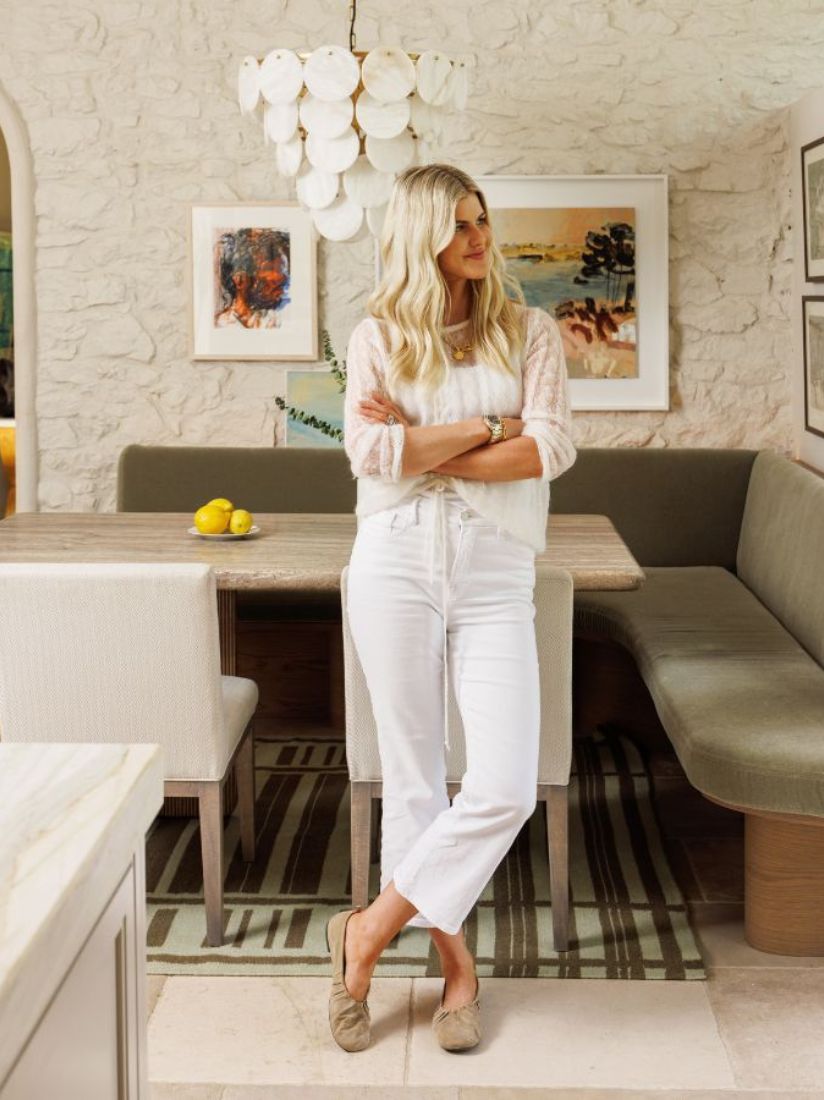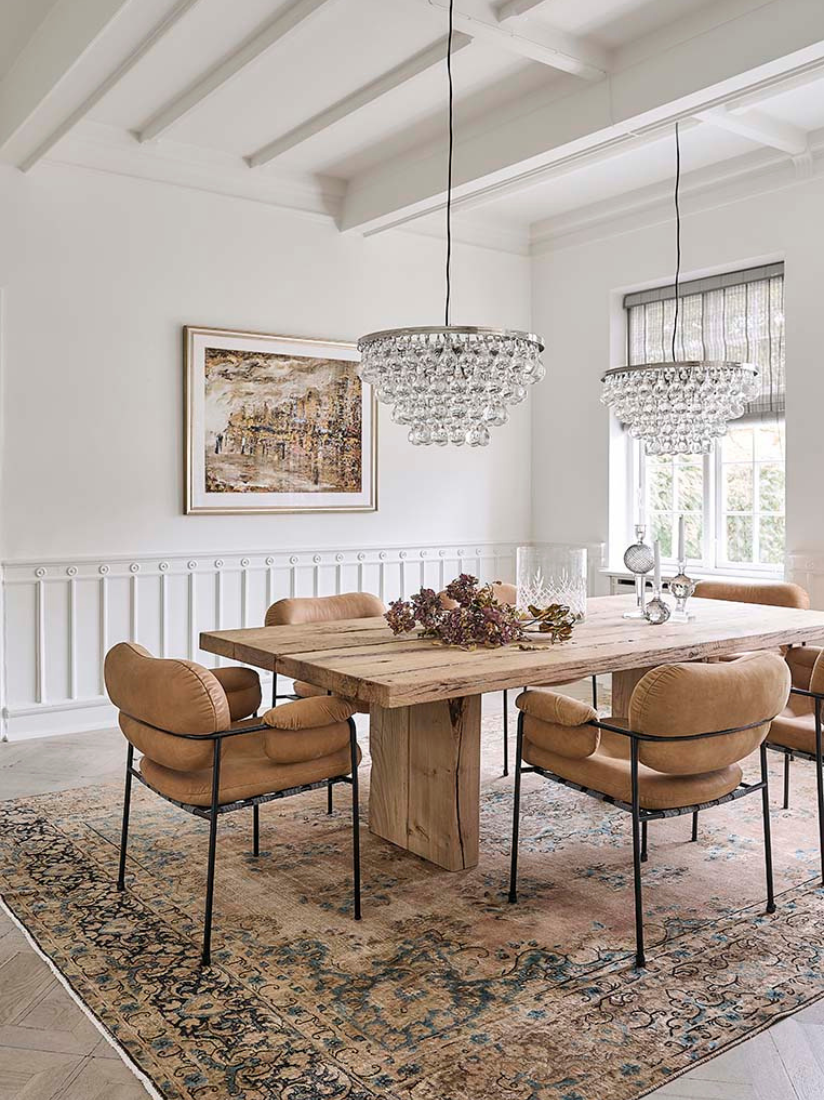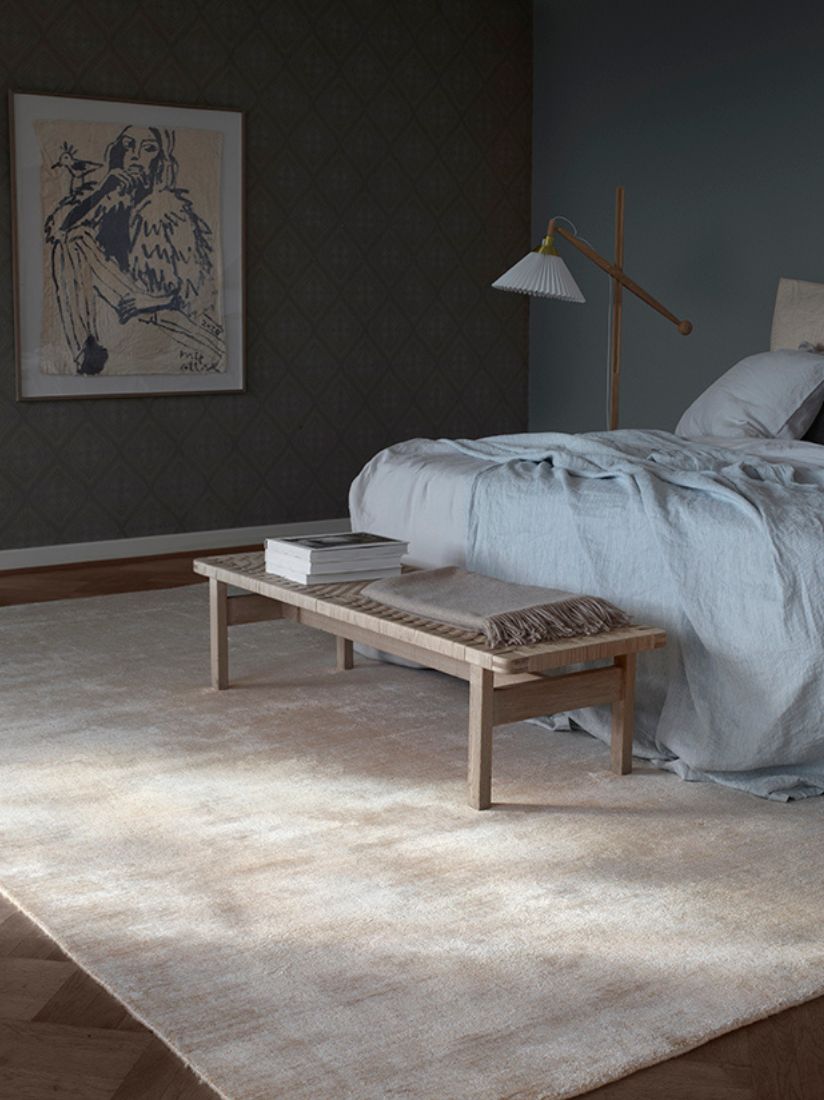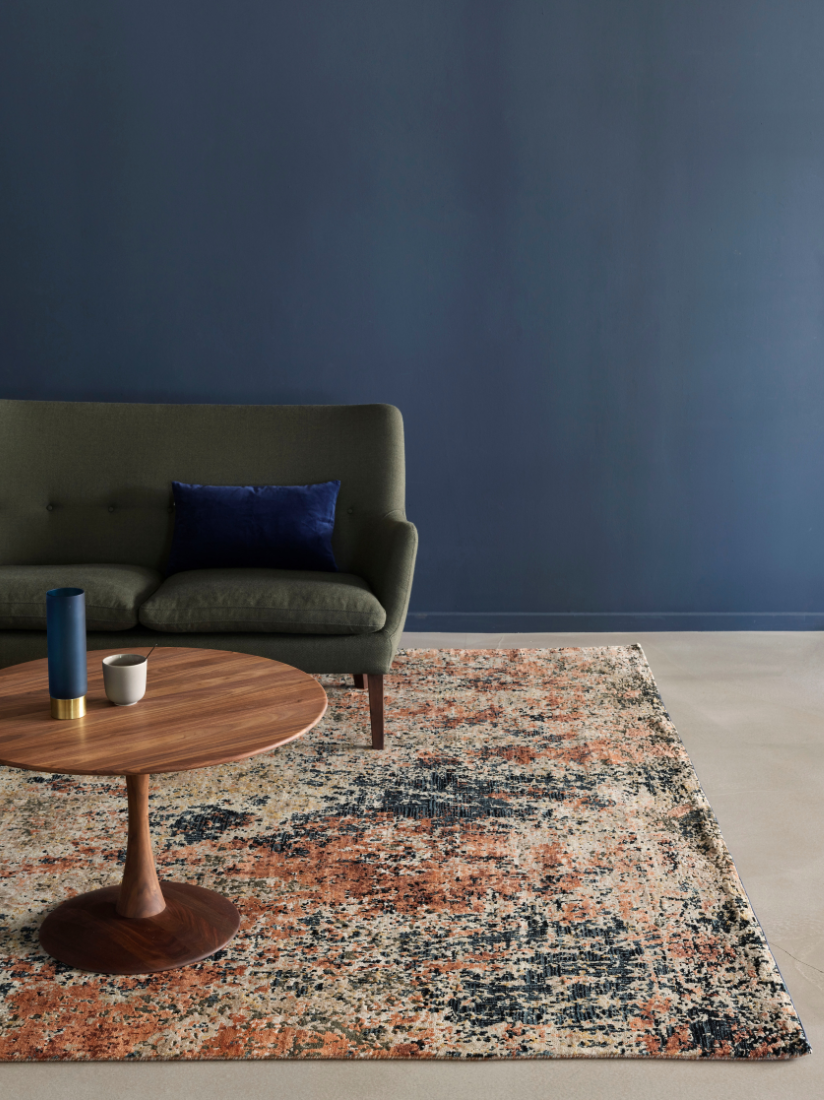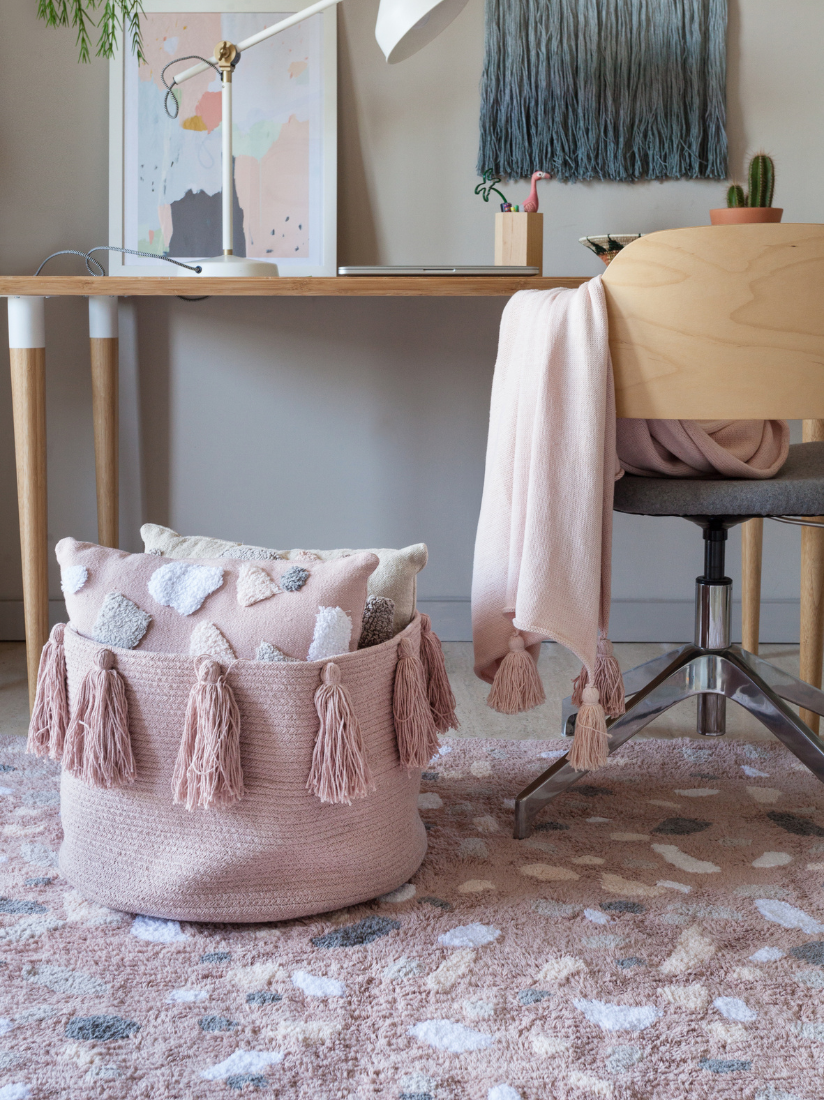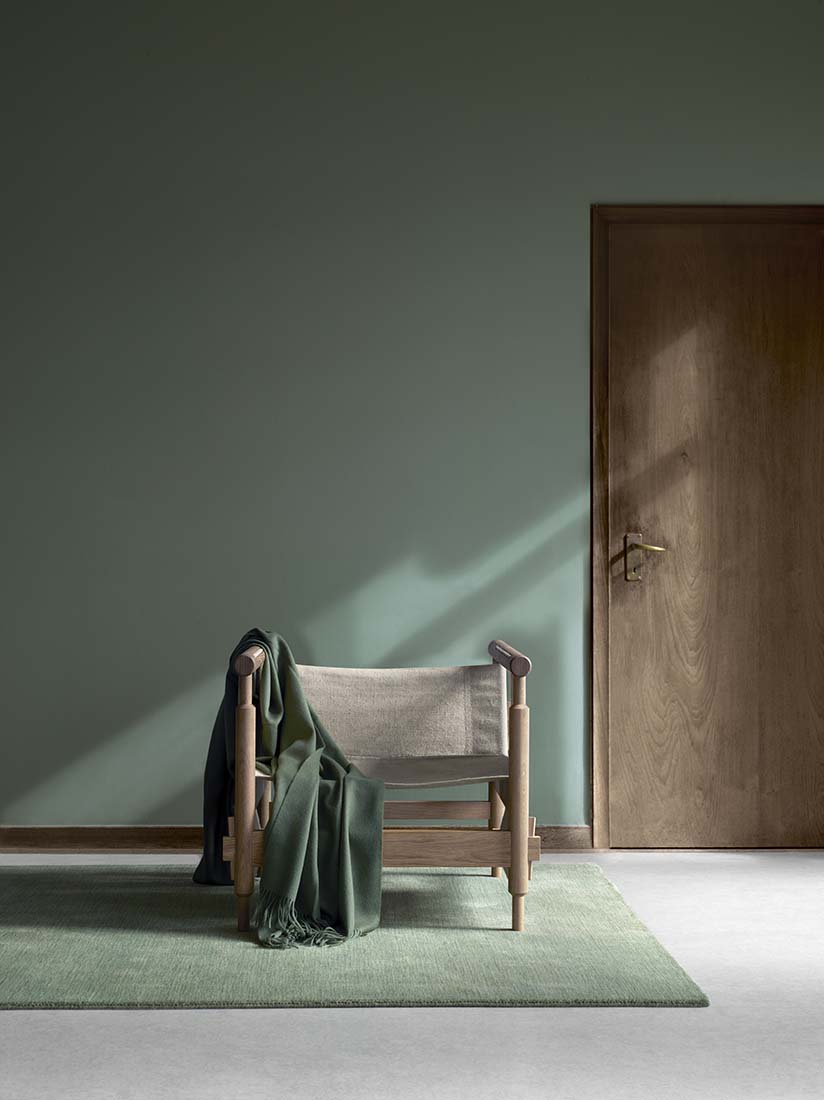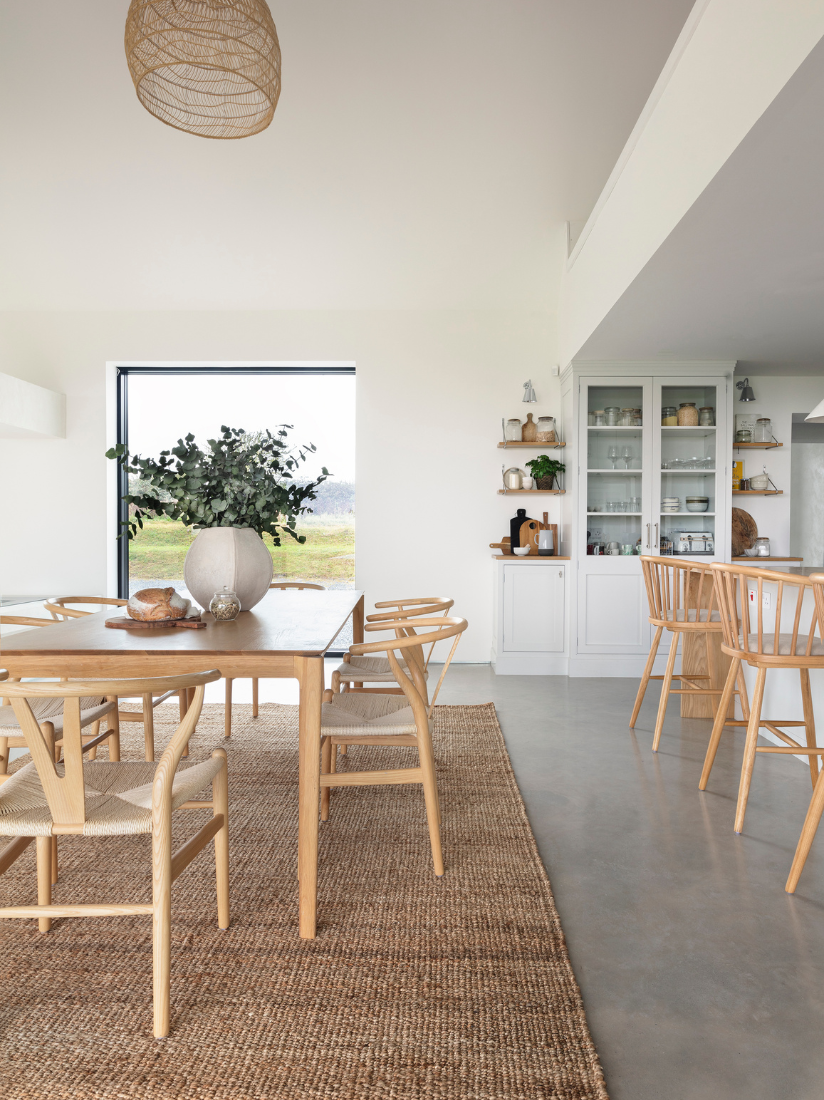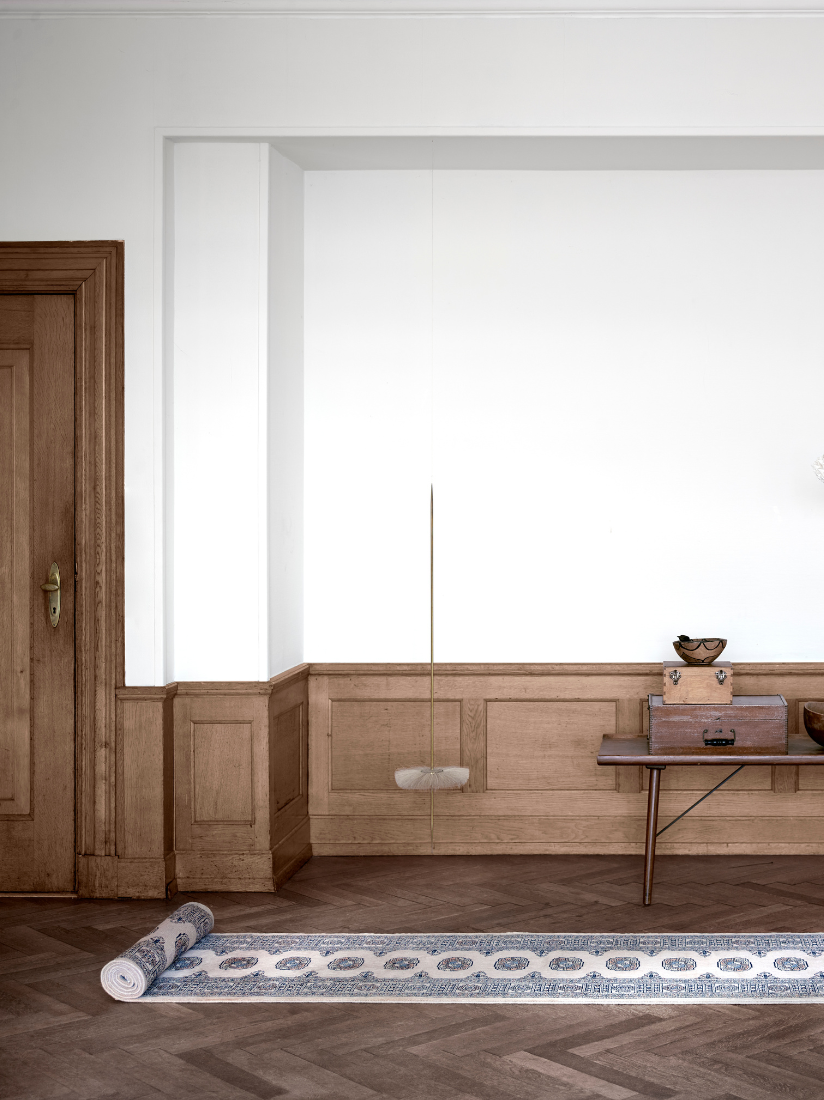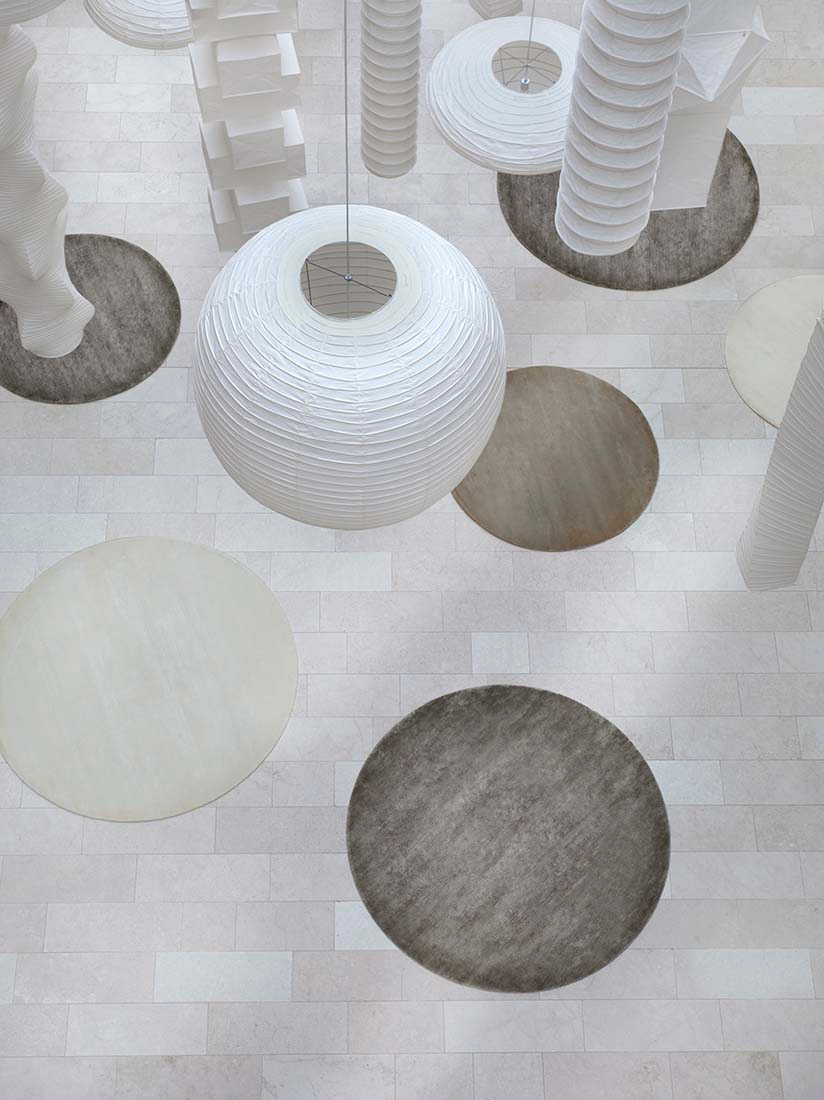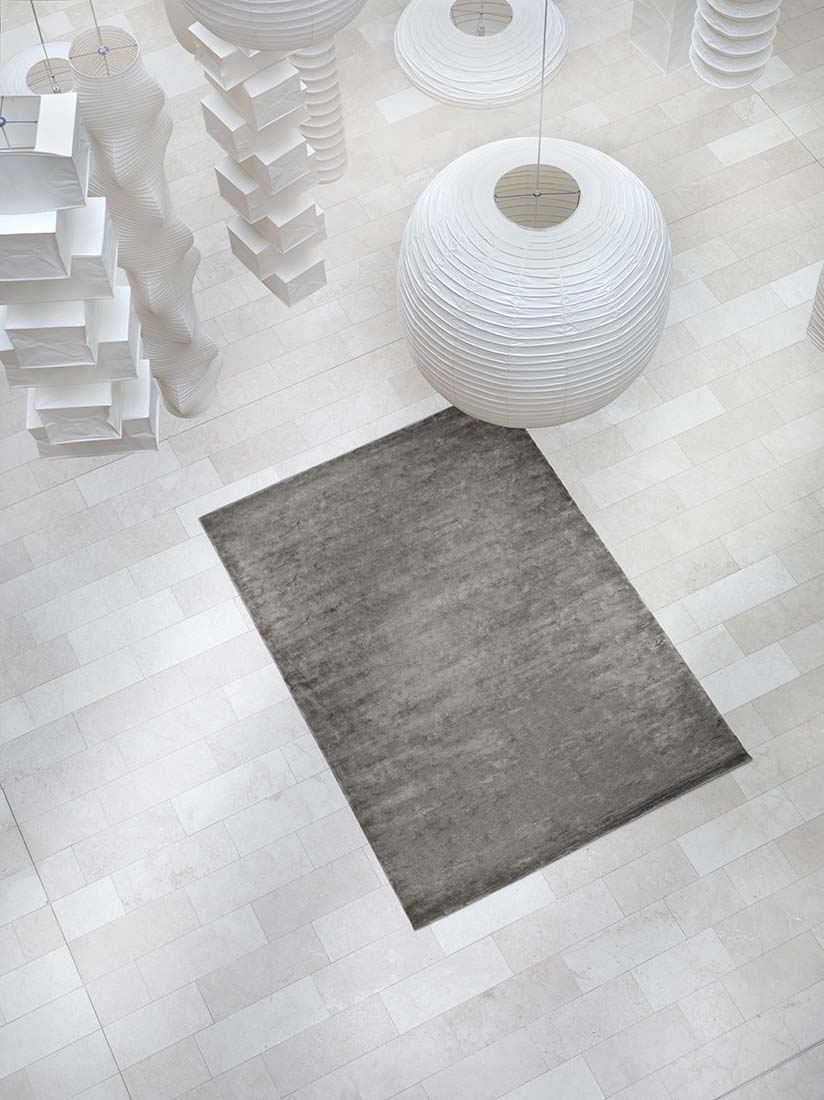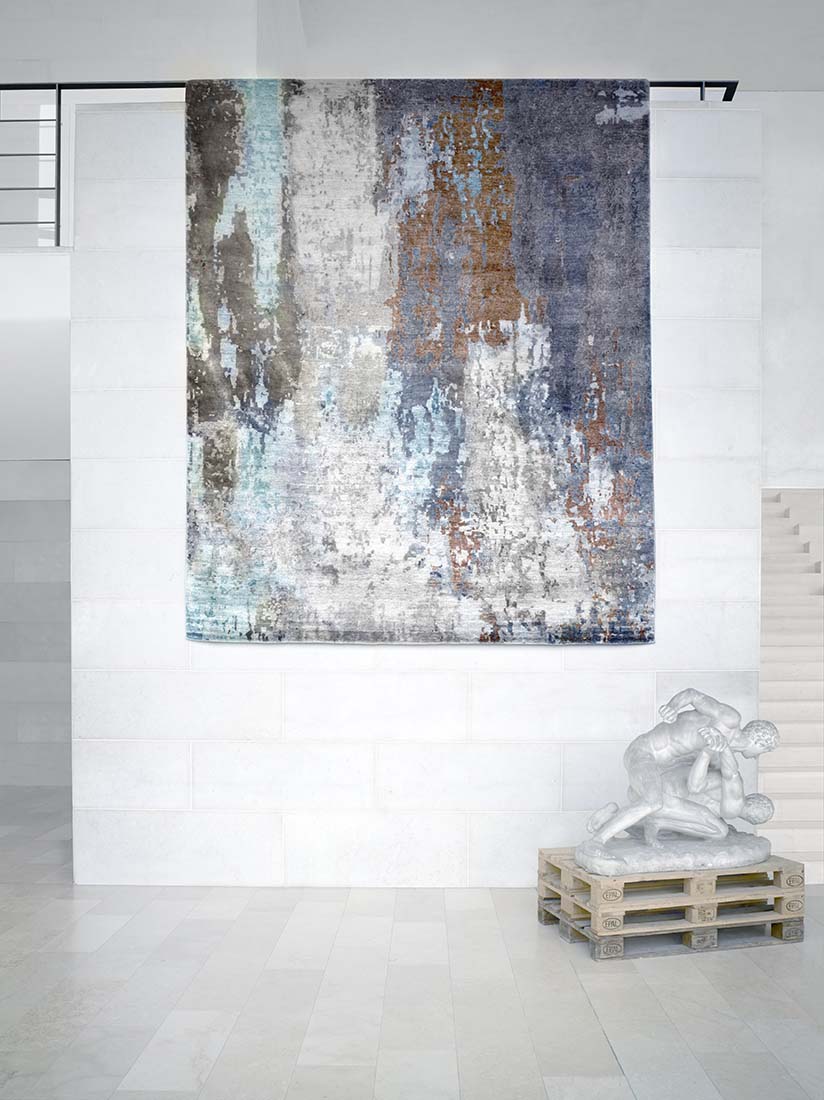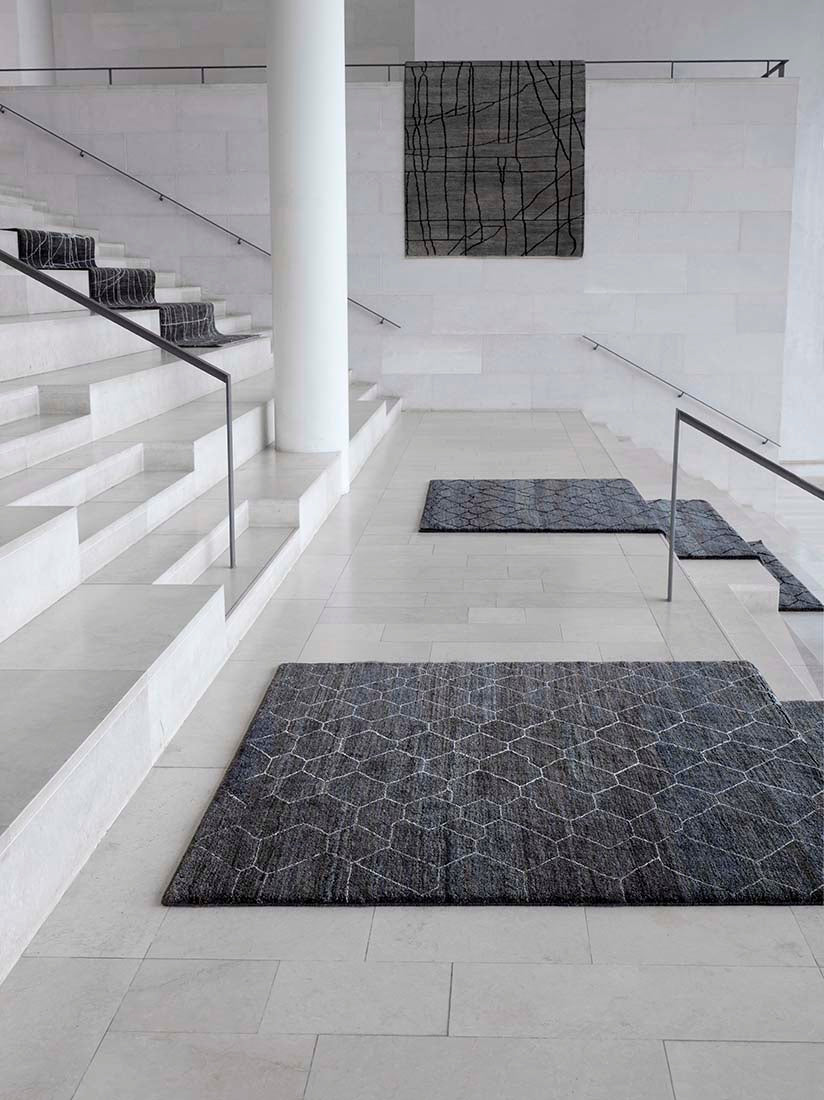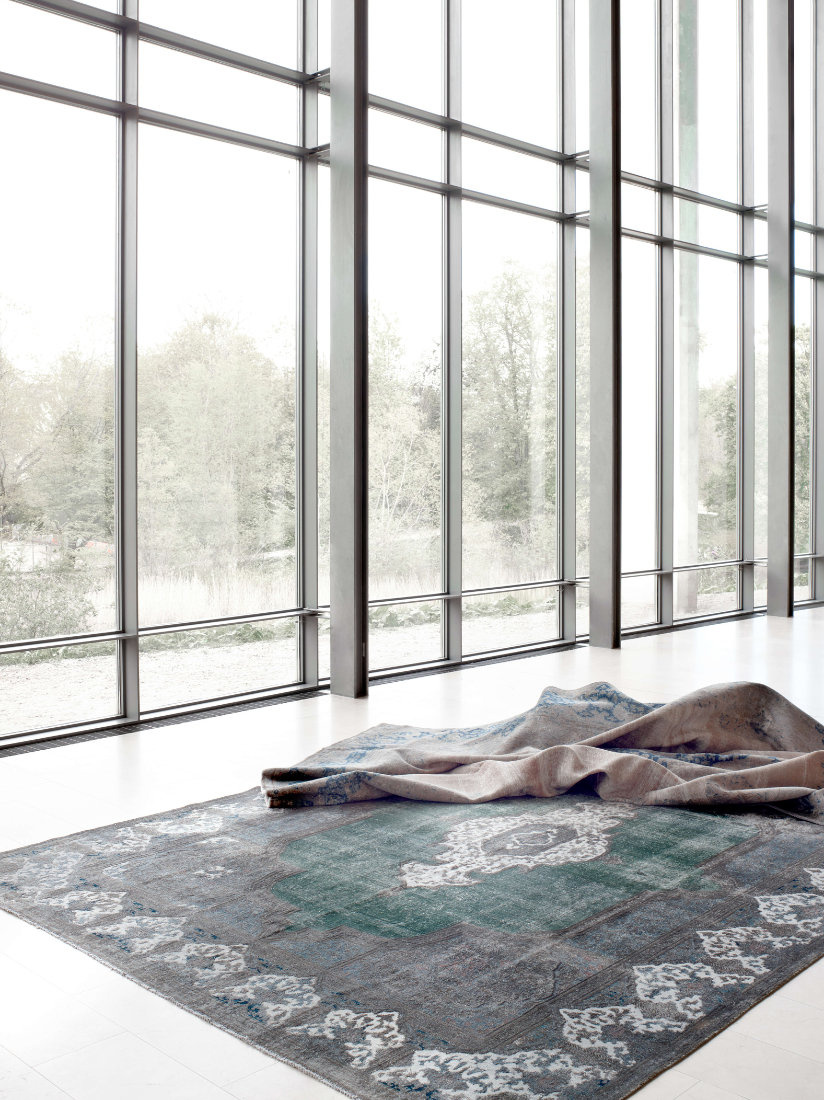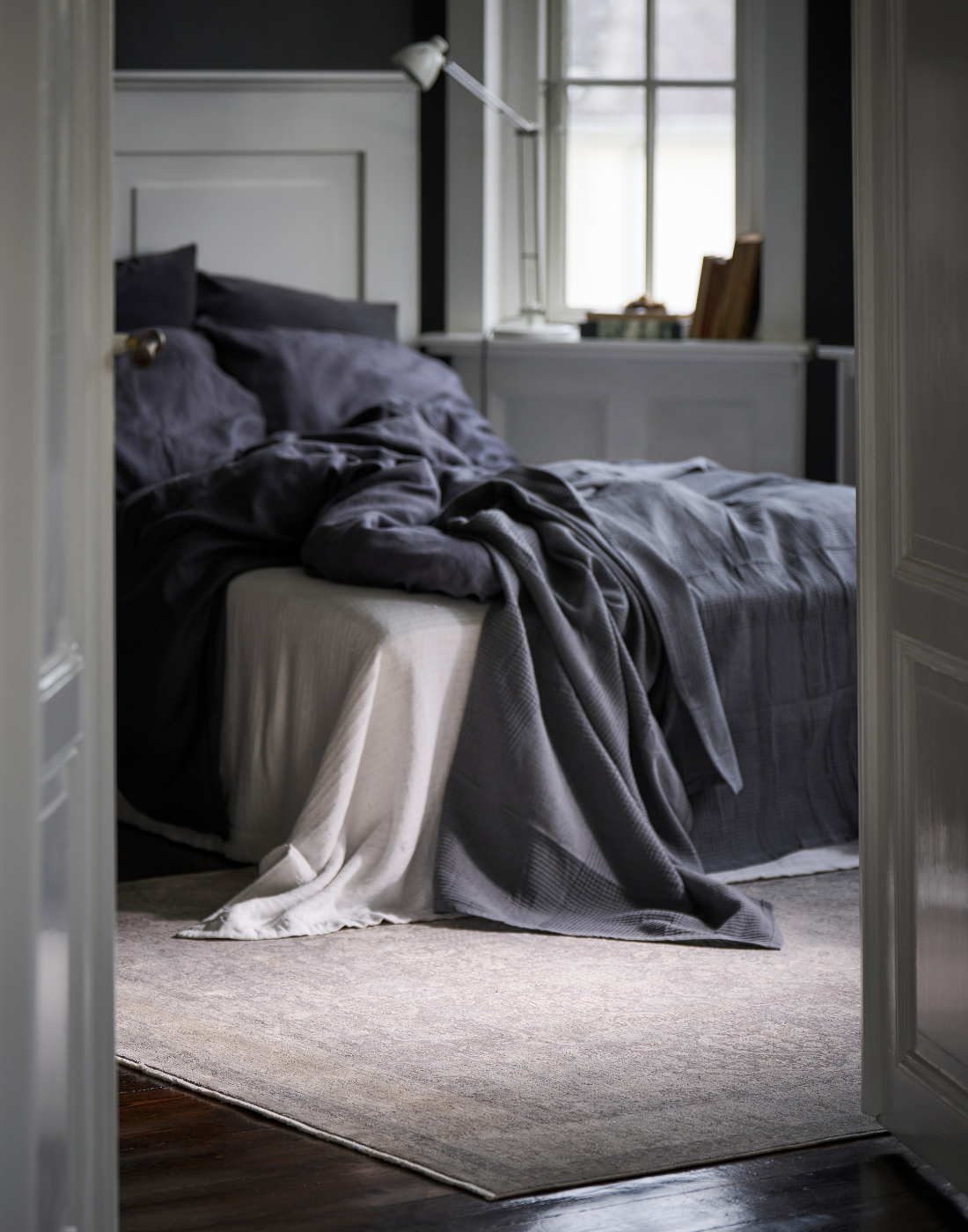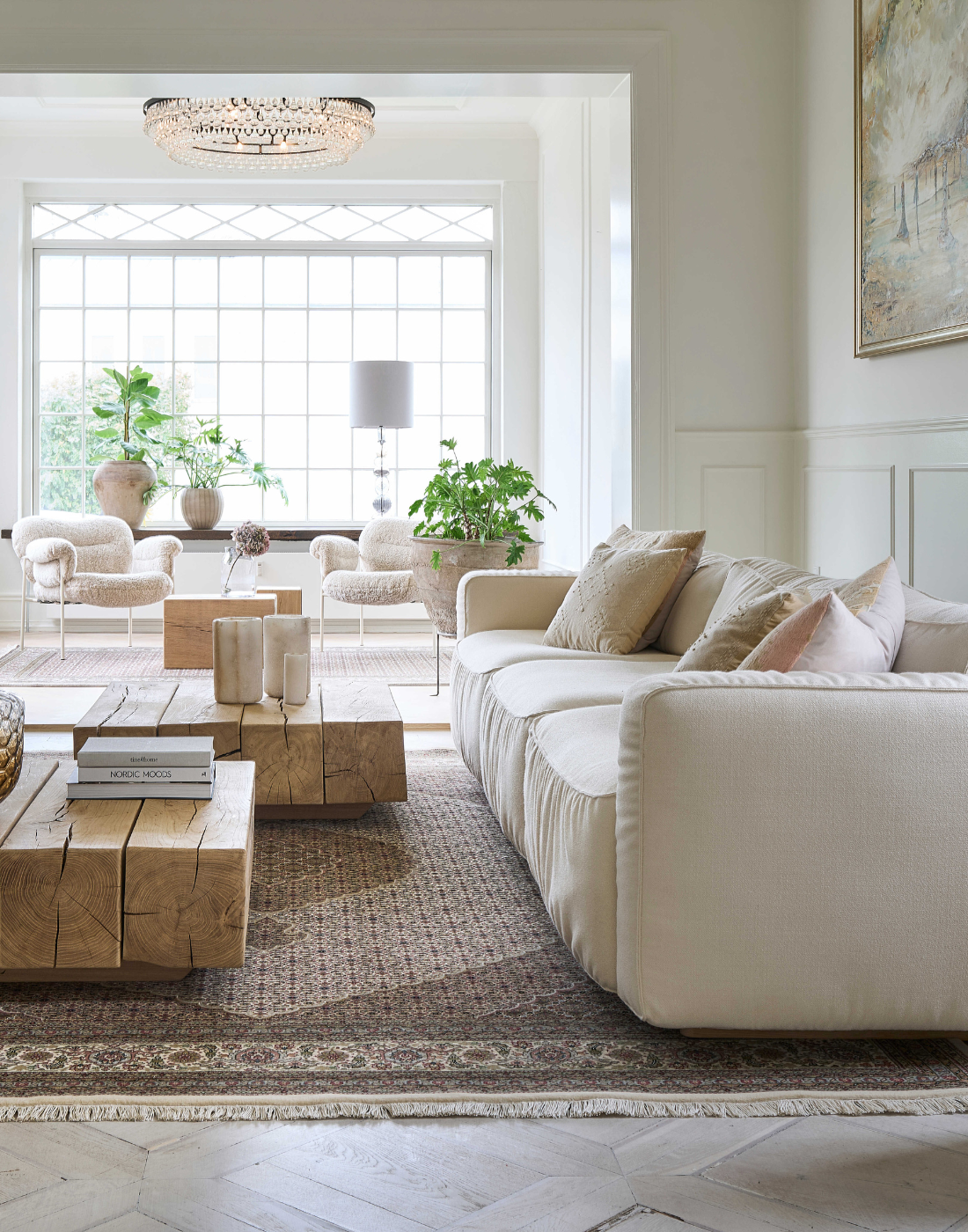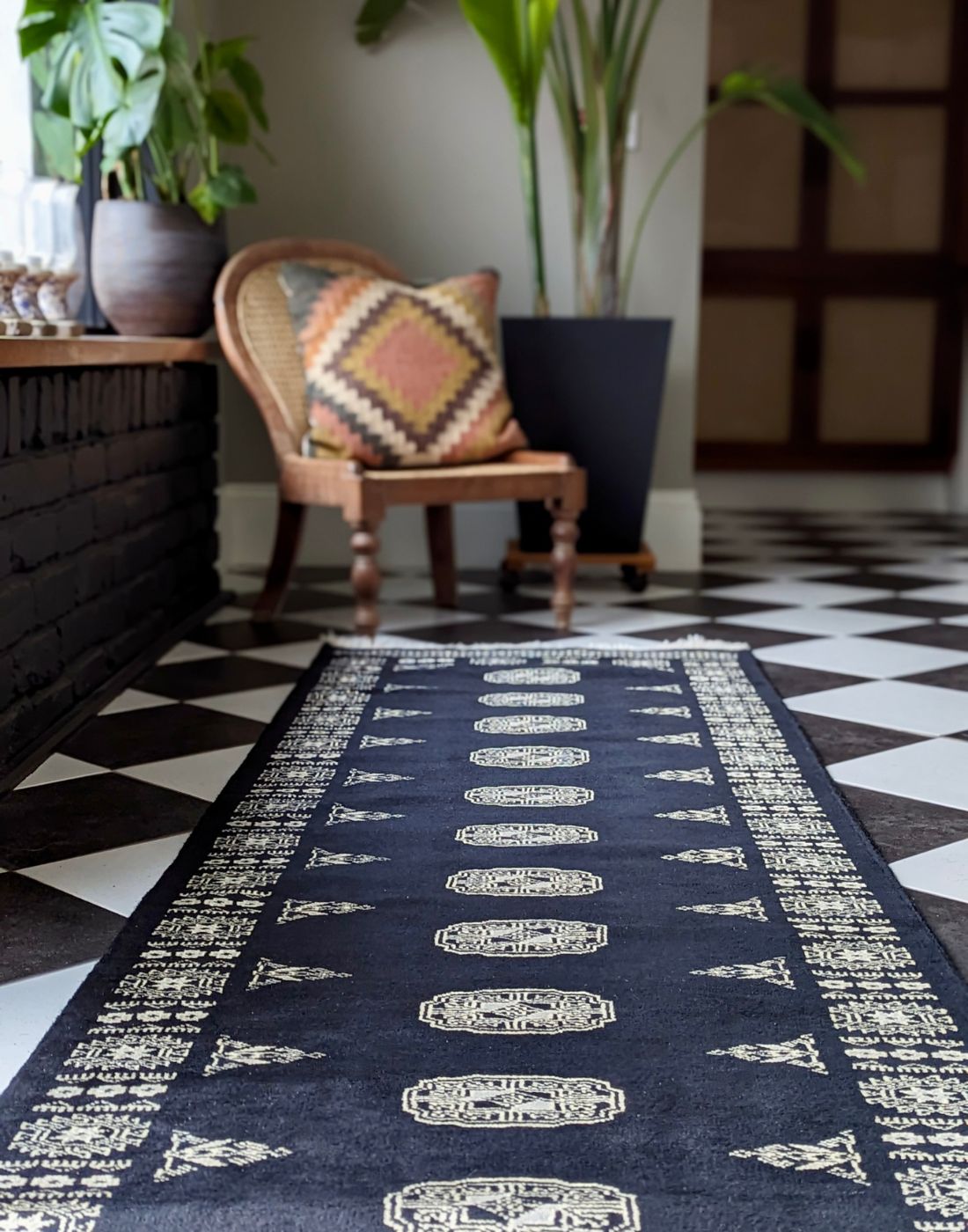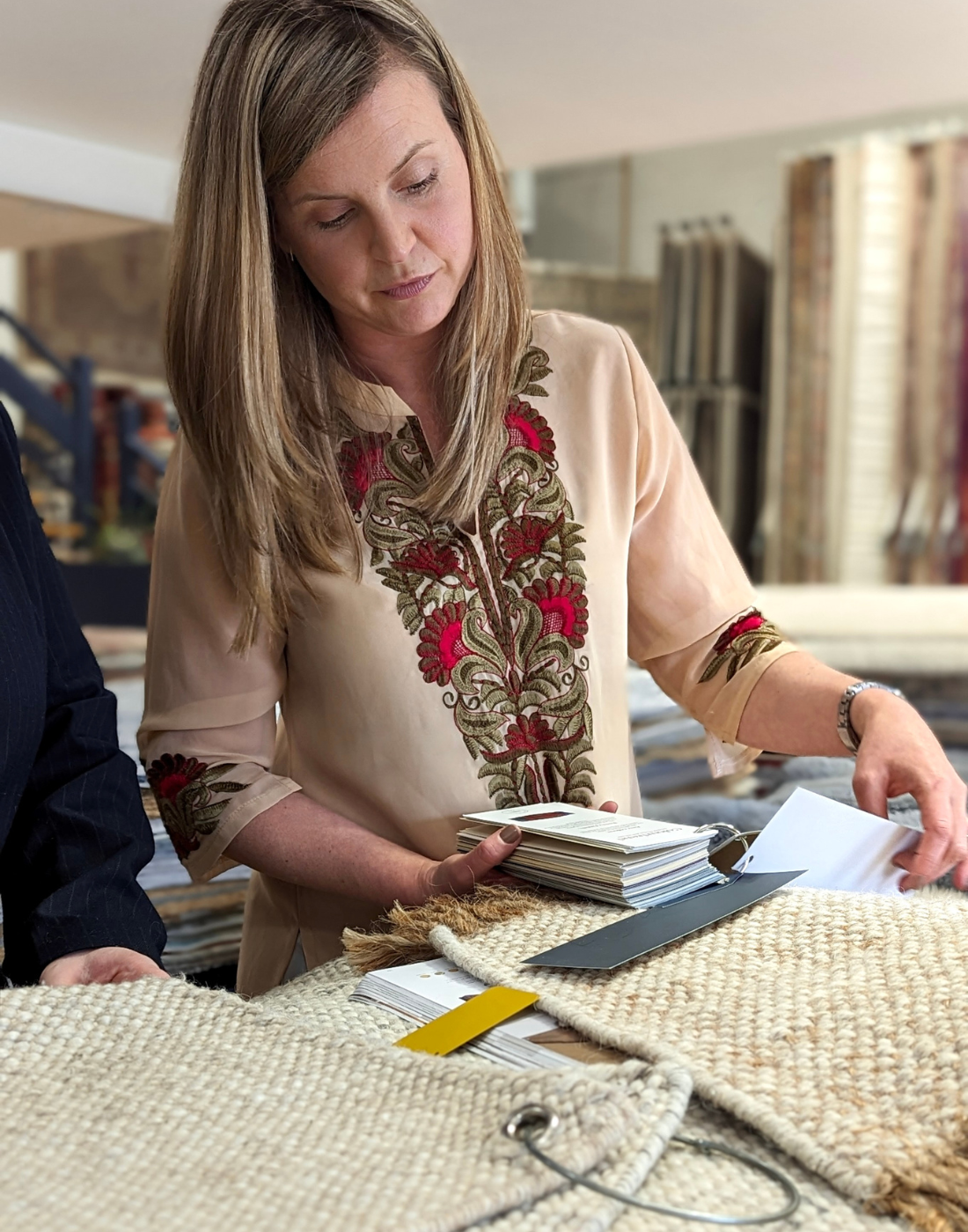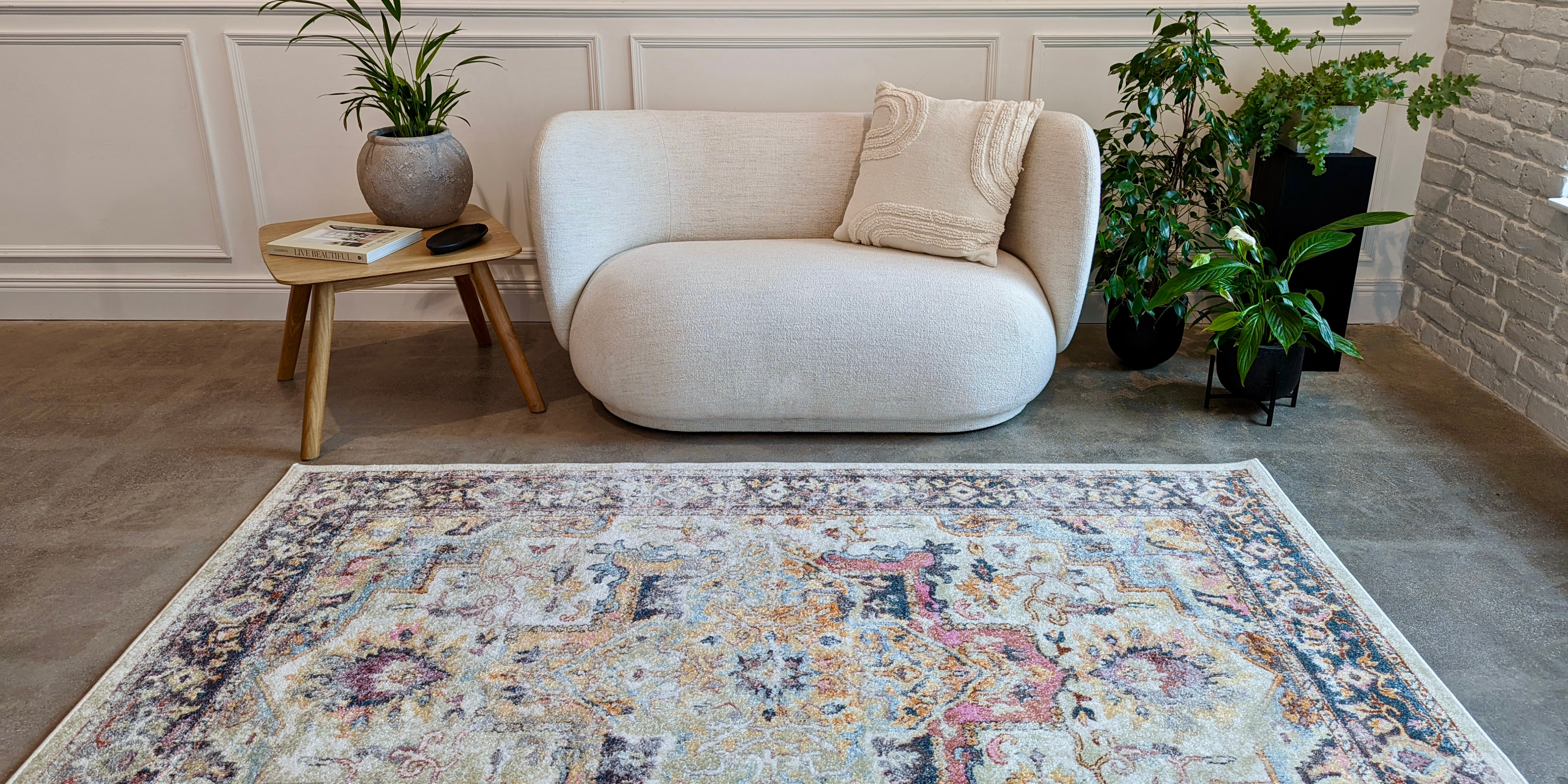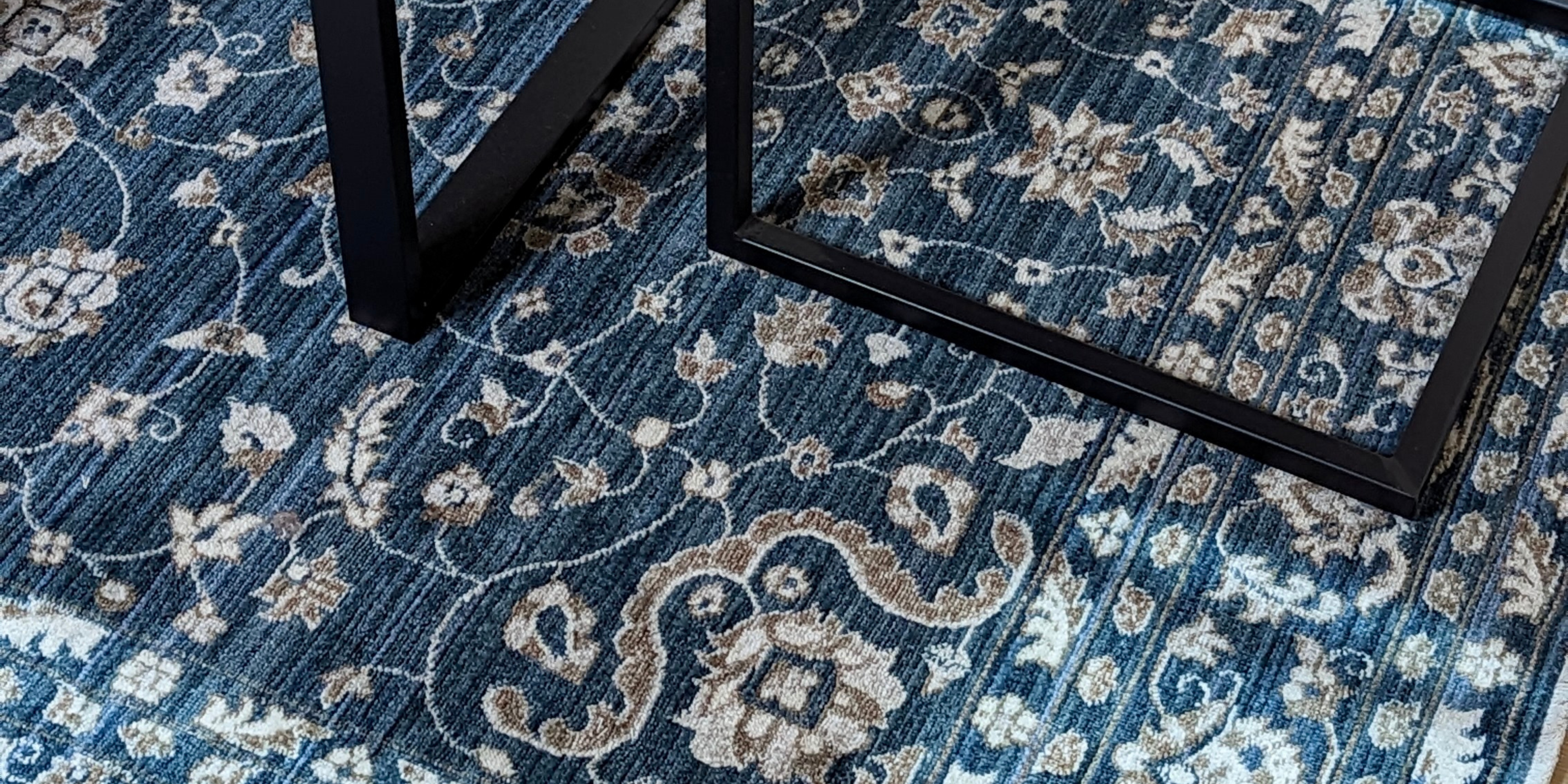Authentic Persian and Oriental rugs have long held a place of reverence in homes around the world. Persian rugs originate from Iran, while Oriental rugs are sourced from countries including India, Afghanistan, Pakistan and Turkey. They can range from the large, extravagant pieces crafted in Hamedan and Kashmir, to small flatweave prayer rugs woven by nomadic tribes. Whether you are drawn to the vivid patterns of a Keshan, the subtle elegance of a Tabriz or the rustic charm of tribal flatweaves, this guide will help you understand what makes these rugs so special - and how to choose, care for and enjoy them for decades to come.
An Authentic Oriental Ziegler Rug
What Sets Persian and Oriental Rugs Apart?
Every Persian and Oriental rug tells a story. Each one is handknotted using time-honoured techniques passed down through generations of skilled artisans, creating a piece that blends artistry, heritage and lasting quality.
The variety of styles is immense. Some rugs feature symmetry and intricate floral patterns, while others embrace organic shapes and expressive motifs. Persian & Oriental rugs will often feature re-occurring symbols throughout the design, each with their own meaning and cultural context.
These timeless rugs are perfect for classical and traditional interiors, but their richness of pattern and colour also bring unique tones of warmth and character to Scandi, eclectic and bohemian spaces.
Assessing Authenticity
With so many contemporary rugs drawing inspiration from these time-honoured designs, being able to recognise the hallmarks of a truly authentic Persian or Oriental rug is invaluable for anyone with an appreciation for enduring style. If you’re thinking of investing in a genuine piece, understanding the subtle details that set it apart will help you make a discerning choice.
Pattern and knots
Take a moment to inspect the back of the rug. If your rug is an authentic Persian or Oriental piece you should be able to count the individual knots on the underside of the rug. Knot density is a fundamental aspect of rug craftmanship and is used to measure the the quality of a handknotted rug. The pattern on the back of the rug should also reflect the pattern on the front of the rug. Rug artisans will also sometimes weave their names into the edge of an authentic Persian or Oriental rug, much like an artist signs a work of art.
Machine-made rugs, in contrast will have a stiff plastic or mesh backing with no visible knots or signs of unique craftmanship.
Fringe
The fringe refers to the tasselled ends at the shorter edges of the rug. In a genuine Persian or Oriental rug, this fringe is a natural continuation of the rug’s structure, formed from the foundation threads left intact when the weaving is complete. Rather than being sewn on after weaving, this continuous construction is a small but telling detail that signals authenticity.
Material
Traditional Persian and Oriental rugs are crafted from natural materials, most often wool. Cotton is typically used for the warp and weft threads that form the rug’s foundation. Silk is often woven into more intricate and luxurious pieces, adding a delicate sheen and allowing for exceptionally high knot counts.
Machine made rugs, in contrast are often made from synthetic fibres such as polyester and polypropylene and will not have the same luxurious feel or longevity as natural fibres.
 An Authentic Persian Isfahan Rug
An Authentic Persian Isfahan Rug
Aftercare
When maintained thoughtfully, Persian and Oriental rugs will endure for generations and become cherished family heirlooms.
Vacuuming/Brushing
Persian & Oriental rugs made from wool should be vacuumed once a week on the lowest setting. Avoid using a beater bar or rotating head attachment, as these can damage the pile. For silk rugs, use a soft sweeper brush instead. Flatweave Kilim rugs are particularly easy to care for since they a low pile. Simply vacuum these pieces gently, or shake them out to remove any dirt or debris.
Placement
Rotate your rug every few months to encourage even wear. If possible, move heavy furniture slightly from time to time to avoid pressure marks. To protect the vibrancy of the dyes, try to keep your rug out of direct sunlight for prolonged periods.
Accidents & Spillages
If a spillage occurs, gently blot (never rub) the area with a clean, white, dry cloth to absorb as much liquid as possible. Once you have absorbed the excess liquid, we recommend arranging professional cleaning as soon as possible to prevent staining.
Professional Cleaning
Even with the most attentive care, your rug will benefit from occasional professional cleaning. Ideally, a regimen of expert cleaning once a year will maintain the colour, softness and overall condition of these timeless pieces.
Guidance for Selecting the Right Rug
Before investing in an antique Persian rug, you should take time to consider how it will complement your existing décor. We offer a complementary design consultation service to help you choose the perfect rug for your space. Choose from an online or in-store consultation and our resident interior designer will curate a selection of personalised rug options that align with your style and budget preferences.
Persian and Oriental rugs are handmade and are available in unique sizing. If you're looking for a Persian or Oriental rug in a particular size, our expert team is always on hand to source unique pieces to fit your home dimensions and decor. Simply contact us and we'll be happy to assist.
Explore Our Persian and Oriental Rugs
Browse our hand-curated collection of Persian and Oriental rugs online to discover these timeless pieces that reflect centuries of artistry.
